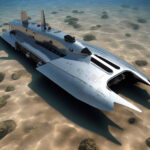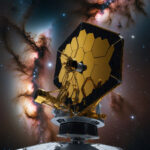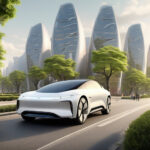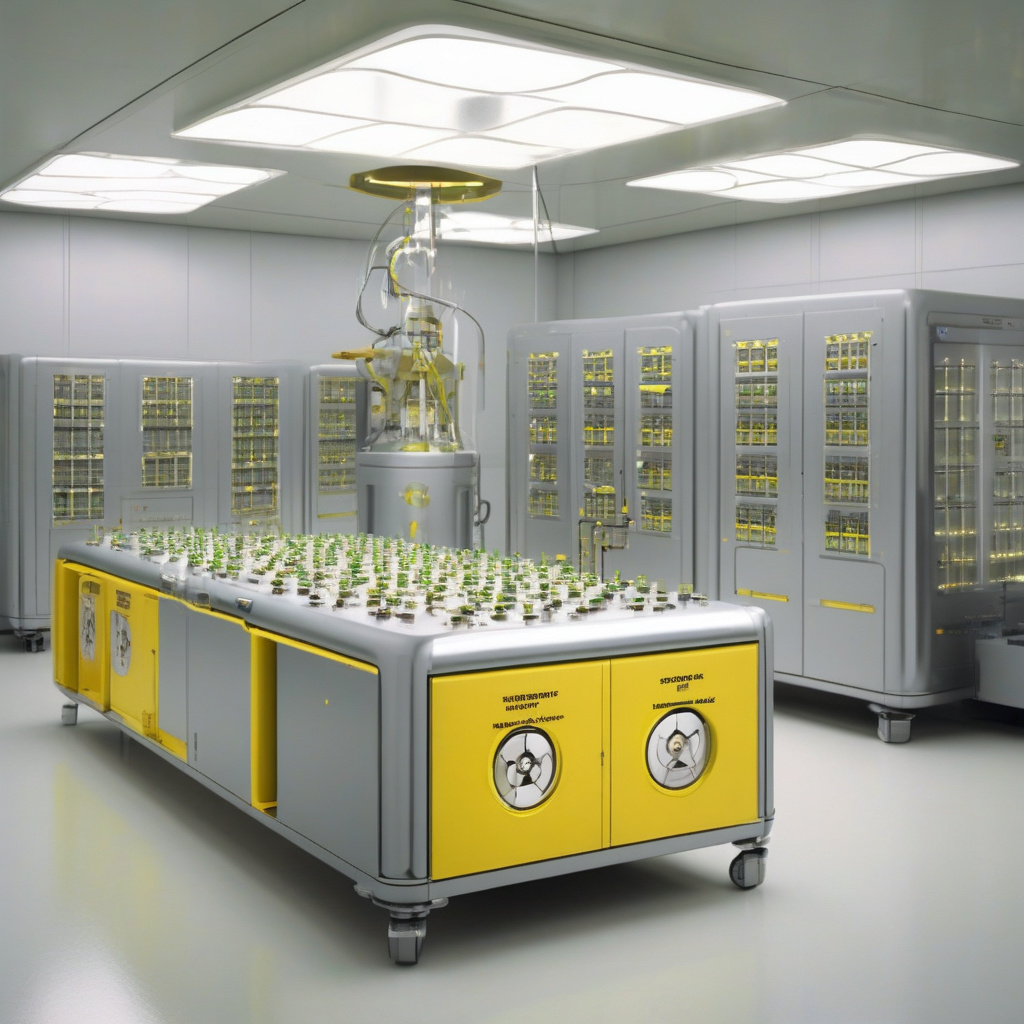World’s First Nuclear Waste-Powered Rechargeable Battery Unveiled in Japan
The Japan Atomic Energy Agency has developed the world’s first uranium-based rechargeable battery. “We successfully converted nuclear waste into a practical energy solution,” stated Dr. Hiroshi Suzuki, the lead scientist behind this groundbreaking innovation. This new technology not only addresses the pressing issue of nuclear waste management but also offers a sustainable way to power various devices and reduce reliance on traditional energy sources.
The concept of using nuclear waste to generate electricity is revolutionary. It tackles two significant challenges simultaneously – the need for safe disposal of radioactive waste and the growing demand for clean energy alternatives. The battery works by harnessing the residual energy from nuclear waste and converting it into a stable power source. This process not only provides a reliable energy output but also minimizes the environmental impact typically associated with nuclear waste storage.
One of the key advantages of this nuclear waste-powered battery is its rechargeable nature. Unlike conventional batteries that require frequent replacements, this innovative solution can be recharged multiple times, making it a cost-effective and sustainable option in the long run. Additionally, the battery’s design ensures safety by encapsulating the radioactive material, making it suitable for various applications without posing a risk to the users or the environment.
The implications of this technological breakthrough are vast. From powering small electronic devices to potentially scaling up for larger energy storage systems, the nuclear waste-powered battery opens up new possibilities for energy sustainability. Imagine a future where nuclear waste, once considered a liability, becomes a valuable resource for generating clean electricity.
While the initial focus is on refining the battery technology for commercial use, researchers are already exploring other potential applications. For instance, integrating these batteries into electric vehicles could significantly enhance their energy efficiency and reduce the overall carbon footprint of transportation. Moreover, industries reliant on continuous power supply, such as telecommunications and aerospace, could benefit from the stable and long-lasting energy output of these batteries.
As with any innovative technology, there are challenges to overcome before widespread adoption can occur. Regulatory approval, public acceptance, and scalability are among the key factors that will influence the future of nuclear waste-powered batteries. However, given the urgency of transitioning to sustainable energy solutions, the potential of this technology to make a positive impact on the environment and society is undeniable.
In conclusion, the unveiling of the world’s first nuclear waste-powered rechargeable battery marks a significant milestone in the realm of clean energy innovation. By transforming a byproduct of nuclear energy into a source of power, Japan has set a new standard for sustainable technology development. As the global community continues to seek alternative energy sources, this breakthrough serves as a testament to the power of human ingenuity in solving complex challenges.
#NuclearWaste, #RechargeableBattery, #CleanEnergy, #Sustainability, #Innovation












